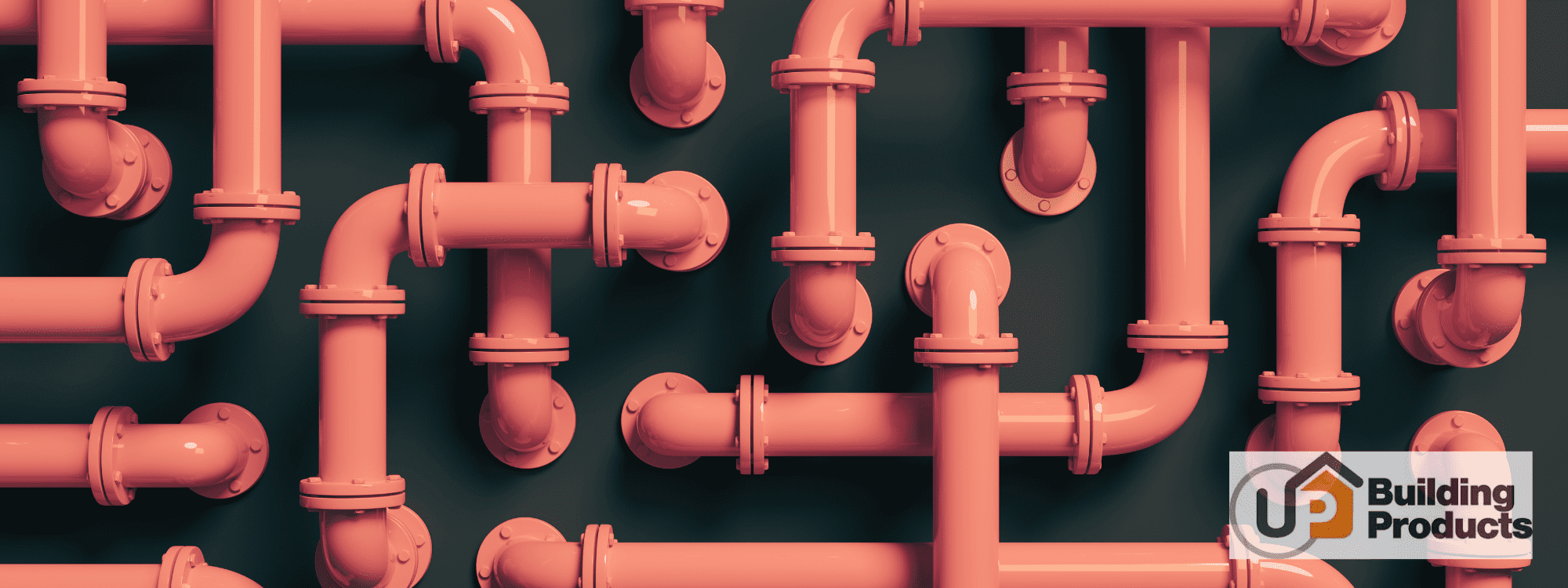
Understanding Underground Drainage: A Comprehensive Guide
Underground drainage systems play a crucial role in managing wastewater and stormwater efficiently.
These systems help prevent flooding, soil erosion, and waterlogging, making them essential for urban infrastructure, residential developments, and industrial zones. This blog explores the importance, components, benefits, and maintenance of underground drainage systems.
What is an Underground Drainage System?
An underground drainage system is a network of pipes and channels that transport wastewater and stormwater away from properties and roads to designated disposal areas. These systems are designed to manage water effectively, preventing structural damage and maintaining environmental hygiene.
Components of an Underground Drainage System
Pipes – These form the main structure of the drainage system, carrying wastewater to treatment plants or stormwater to natural water bodies.
Manholes – Inspection chambers that provide access for maintenance and cleaning.
Gullies – Structures that collect surface water and direct it into the drainage system.
Catch Basins – Collect and filter debris before allowing water into the main pipeline.
Soakaways – Underground pits filled with gravel or stones that allow stormwater to percolate into the ground.
Sewage Treatment Plants – Facilities that process wastewater before safely releasing it into the environment.
Benefits of Underground Drainage Systems
Prevention of Waterlogging: Helps manage excess rainwater and prevents flooding.
Structural Protection: Reduces the risk of foundation damage caused by standing water.
Improved Hygiene: Proper waste disposal minimizes the risk of disease and unpleasant odours.
Aesthetic Appeal: Concealed drainage systems maintain the visual appeal of landscapes and urban spaces.
Eco-Friendly: Helps in proper water management, reducing soil erosion and protecting groundwater sources.
Types of Underground Drainage Systems
Stormwater Drainage – Collects and directs rainwater to prevent flooding.
Foul Water Drainage – Handles sewage and wastewater from homes and industries.
Combined Drainage System – A single system managing both stormwater and sewage (used in older urban setups but less common today).
Sustainable Drainage Systems (SuDS) – Designed to manage water naturally and efficiently, reducing environmental impact.
Maintenance Tips
Regular Inspection: Check for blockages, cracks, and leaks.
Cleaning & Flushing: Use high-pressure water jets to clear debris and buildup.
Tree Root Management: Prevent tree roots from intruding into pipes.
Repair & Replacement: Address damaged sections promptly to avoid further issues.
Related Articles

How can UP Building Products help with your renovation project?
Renovating your home is an exciting endeavour that not only enhances your living space but also adds value to your property.

Unlock exclusive perks with a UP Trade Account
Unlock Exclusive Perks with a UP Trade Account Discover the many benefits of a UP

The Ultimate Guide to Fascias and Soffits
Ultimate Guide to Fascias & Soffits: What You Need to Know When it comes to





